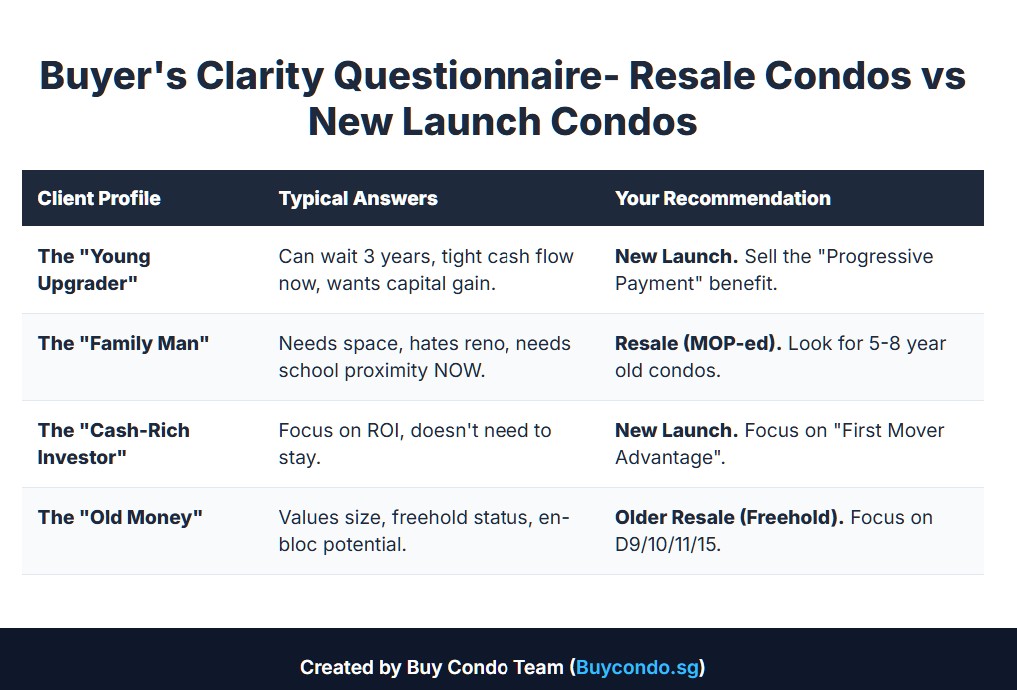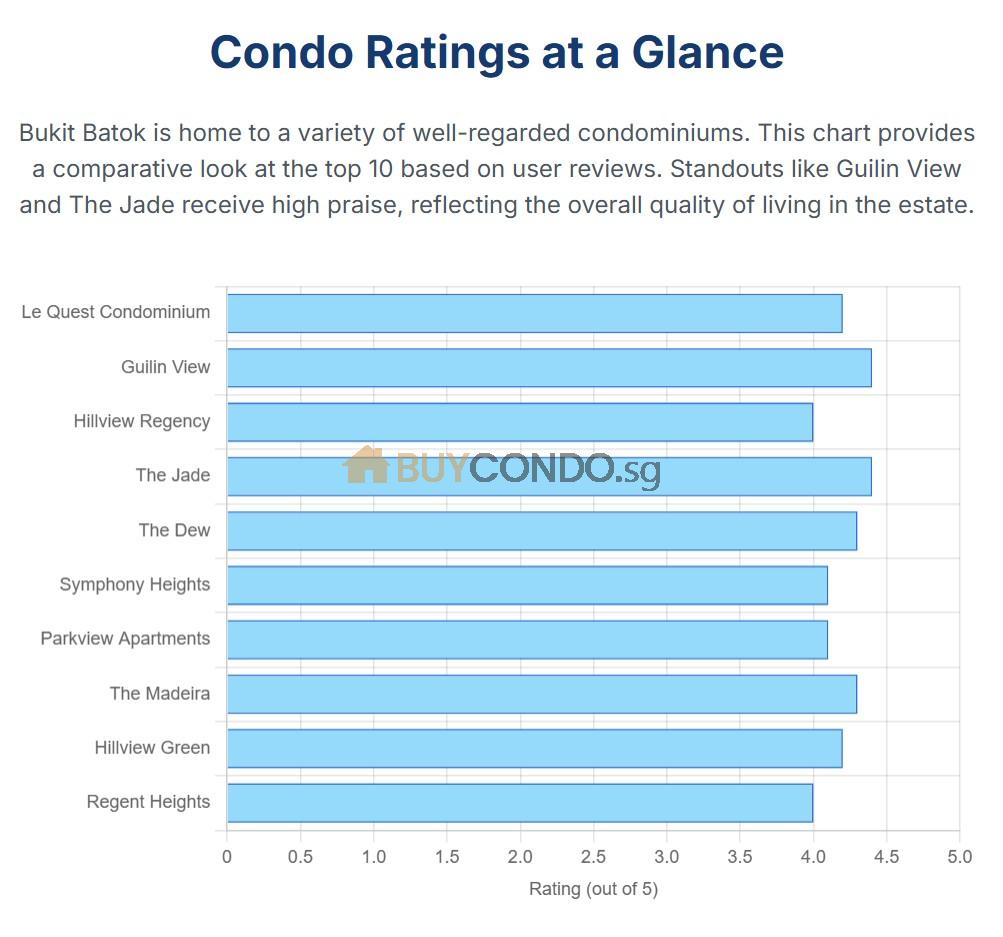Joint Tenancy vs Tenancy in Common

When it comes to property ownership in Singapore, it’s important to be familiar with the different forms of co-ownership. Knowing your rights is crucial to making informed decisions whether you’re considering joint tenancy or tenancy in common. In this article, we’ll explore the key differences between joint tenancy and tenancy in common, as well as the implications of each form of co-ownership.
Joint tenancy and tenancy in common are two popular forms of co-ownership in Singapore. While sole ownership allows for complete control over a property, co-ownership brings its own set of considerations. Let’s delve deeper into the specifics of each form and understand how they differ.
Key Takeaways: Joint Tenancy vs Tenancy in Common
- Joint tenancy and tenancy in common are two forms of co-ownership in Singapore.
- Joint tenancy does not allow for specific shares, and the right of survivorship ensures automatic transfer of ownership upon the death of a joint tenant.
- Tenancy in common allows for undivided shares in the property, and ownership can be transferred to beneficiaries according to the co-owner’s will or the Intestate Succession Act.
- Understanding the differences between joint tenancy and tenancy in common is crucial for making informed decisions regarding property ownership and estate planning.
- Seek legal advice to fully understand your rights and responsibilities as a co-owner in Singapore.
Tenancy in common is a form of co-ownership where each co-owner has an ‘undivided share’ in the property, which is specified in the title deed. This means that although the property remains physically undivided, each owner can identify their own distinct share. In the event of a co-owner’s death, their ownership in the property is transferred to their beneficiaries according to their will or the Intestate Succession Act.
For example, if three people own a house, they can agree to divide their shares based on their rate of contribution. If one co-owner passes away, their share is transferred to their beneficiaries while the ownership of the remaining co-owners remains unchanged.
To illustrate, here is an example of how shares can be divided:
| Co-owner | Rate of Contribution | Share in Property |
|---|---|---|
| Co-owner A | 40% | 40% |
| Co-owner B | 30% | 30% |
| Co-owner C | 30% | 30% |
“Tenancy in common allows for the division of shares based on each co-owner’s rate of contribution, ensuring a fair distribution of ownership interests.”
In this example, Co-owner A contributed 40% of the purchase price, while Co-owners B and C contributed 30% each. This division of shares provides clarity and transparency regarding each co-owner’s interest in the property, and ensures that the ownership percentages are proportional to their respective contributions.
When it comes to co-owning a property, joint tenancy is a popular option that offers unique advantages. In joint tenancy, the co-owners do not have specific shares in the property. Instead, they collectively own the entire property, undivided. This means that the property does not physically have separate portions assigned to each co-owner. The right of survivorship is a key feature of joint tenancy. If one of the joint tenants passes away, their share automatically transfers to the remaining joint tenants, without the need for probate or a will.
“In joint tenancy, you and your co-owners share an undivided interest in the whole property. When one co-owner passes away, their share automatically transfers to the surviving co-owners. This ensures a seamless transfer of ownership and avoids complications.”
Unlike tenancy in common, where each co-owner has a specified share that can be willed to beneficiaries, joint tenancy does not allow for the distribution of individual shares. Instead, it ensures that the surviving co-owners retain full ownership of the property. This makes joint tenancy a popular choice for spouses and family members who want to ensure that their loved ones can continue to own and enjoy the property without legal complexities.
Comparing Joint Tenancy and Tenancy in Common
Joint tenancy and tenancy in common are two forms of co-ownership with distinct characteristics. While joint tenancy emphasizes equal ownership and the right of survivorship, tenancy in common focuses on individual shares and the ability to will them to beneficiaries. Here’s a quick comparison:
| Joint Tenancy | Tenancy in Common |
|---|---|
| Co-owners do not have specific shares | Co-owners have specified shares |
| Right of survivorship | No right of survivorship |
| Seamless transfer of ownership | Shares can be willed to beneficiaries |
| Common among spouses and family members | Allows for division of shares based on contributions |
Both joint tenancy and tenancy in common have their benefits and considerations. Understanding the differences can help you make the right choice based on your co-ownership goals and preferences.

Tenancy in Common vs Joint Tenancy: Pros and Cons
When considering property ownership in Singapore, it’s essential to understand the pros and cons of tenancy in common and joint tenancy. Both forms of co-ownership have unique characteristics that can significantly impact flexibility, transfer of ownership, and estate planning.
Advantages of Tenancy in Common:
- Flexibility: Tenancy in common allows co-owners to divide shares based on contributions, providing flexibility when purchasing high-value properties.
- Liquidity: With each co-owner having an undivided share, tenancy in common allows for easy transfer of ownership to beneficiaries upon death.
- Estate Planning: By specifying shares and allowing for individual control, tenancy in common offers more options for estate planning, ensuring assets are distributed according to the owner’s wishes.
Advantages of Joint Tenancy:
- Right of Survivorship: Joint tenancy includes the right of survivorship, allowing the remaining joint tenants to automatically take over the property without referring to a will or the Intestate Succession Act.
- Spousal Relationship: Joint tenancy is particularly beneficial for married couples, as it simplifies estate planning and allows for seamless transfer of ownership, avoiding estate duty.
Comparison of Tenancy in Common and Joint Tenancy
| Tenancy in Common | Joint Tenancy | |
|---|---|---|
| Flexibility | Allows division of shares based on contributions | Equal ownership rights, no specified shares |
| Liquidity | Enables easy transfer of ownership to beneficiaries | Right of survivorship, property automatically transfers to remaining joint tenants |
| Estate Planning | Offers more options for estate planning, allows for individual control | Simplifies estate planning, avoids estate duty for married couples |
Choosing between tenancy in common and joint tenancy depends on your specific needs and circumstances. If you value flexibility, control over shares, and estate planning options, tenancy in common may be the right choice. On the other hand, joint tenancy is advantageous for those seeking seamless transfer of ownership and who are in a spousal relationship.
It’s crucial to assess eligibility requirements, consult with legal professionals, and carefully consider the implications of each form of co-ownership before making a decision. By understanding the pros and cons of tenancy in common and joint tenancy, you can make an informed choice that aligns with your ownership goals and estate planning objectives.
How Joint Tenancy Works for HDB Property Ownership
When it comes to property ownership in Singapore, joint tenancy is a popular option for HDB flats. In joint tenancy, all joint tenants have equal ownership rights and benefit from the right of survivorship. This means that if one joint tenant passes away, their share automatically transfers to the surviving joint tenants. It offers a seamless transfer of ownership without the need for a will or the Intestate Succession Act.
To apply for joint tenancy for an HDB property, all co-owners must be Singapore Citizens. The application process involves filling out forms and providing supporting documents to the HDB. It’s important to meet the eligibility requirements and ensure that you have a spousal relationship or a legal arrangement in place. Seeking legal advice is highly recommended to ensure a smooth application process and a clear understanding of your rights and obligations as joint tenants.
Joint tenancy is a beneficial form of co-ownership for HDB flats, providing equal ownership rights and the right of survivorship. It simplifies the transfer of ownership, especially in the event of the death of a co-owner. However, it’s important to carefully consider your options and seek appropriate legal advice to understand the implications and make informed decisions regarding joint tenancy for HDB property ownership.
Table: Advantages and Considerations of Joint Tenancy for HDB Property Ownership
| Advantages | Considerations |
|---|---|
| Seamless transfer of ownership | Requires all co-owners to be Singapore Citizens |
| Right of survivorship | Strict eligibility requirements |
| Clear ownership rights | Must have a spousal relationship or legal arrangement |
| Estate planning benefits | Legal advice is highly recommended |
Joint tenancy offers numerous advantages for HDB property ownership, but it’s crucial to fulfill the eligibility requirements and seek professional advice to ensure a smooth and legally sound process. By understanding how joint tenancy works and the rights and responsibilities involved, you can make informed decisions and protect your interests as a joint tenant.
Joint Tenancy vs Tenancy in Common – Understanding Ownership of a Property
When it comes to owning property together, there are two main forms of ownership: joint tenancy and tenancy in common. Each has its own set of characteristics and considerations, making it essential to understand the differences before making a decision. Let’s explore the key aspects of shared ownership and how they can impact your property ownership experience.
Differences in Ownership
In joint tenancy, all co-owners have an equal share in the property, and there is a right of survivorship. This means that if one joint tenant passes away, the property automatically transfers to the surviving joint tenants. On the other hand, tenancy in common allows for separate shares in the property, meaning each co-owner can have a specific portion. In the event of a co-owner’s death, their share is passed on according to their will or the Intestate Succession Act.
Decision-making is another area where joint tenancy and tenancy in common differ. In joint tenancy, decisions regarding the property must be made unanimously by all co-owners. In contrast, tenancy in common allows individual co-owners to make decisions regarding their own shares independently. This can offer more flexibility but may also lead to potential conflicts.

Property Types and Benefits
Joint tenancy is often favored by spouses and family members who want a seamless transfer of ownership. It ensures that the property passes smoothly to the surviving joint tenants, avoiding the need for lengthy legal processes. Tenancy in common, on the other hand, may be more suitable for unrelated parties or individuals who want to invest in a property together. It allows for flexible division of shares and the ability to freely dispose of those shares.
It’s important to note that the choice between joint tenancy and tenancy in common depends on your specific circumstances and goals. Consider factors such as the desired level of ownership, the need for seamless transfer of ownership, and the ability to freely dispose of shares. Seeking professional advice can help you make an informed decision that aligns with your needs and objectives.
Conclusion
Well, now you have a solid understanding of joint tenancy and tenancy in common, and the different aspects of property ownership in Singapore. These two forms of co-ownership offer unique rights and considerations that can greatly impact your estate planning and HDB property ownership.
For those looking for equal ownership and a seamless transfer of ownership, joint tenancy with its right of survivorship is the way to go. It’s especially beneficial for spouses and ensures that the property automatically transfers to the surviving owners when one joint tenant passes away.
On the other hand, if you prefer more flexibility and the ability to freely dispose of your shares, tenancy in common allows for separate shares and individual ownership. This form of co-ownership is suitable for unrelated parties or individuals who want to invest in property together.
Remember, when it comes to property ownership, it’s crucial to understand the differences between joint tenancy and tenancy in common. Seek legal advice to receive specific guidance tailored to your unique circumstances. Whether you’re considering joint tenancy or tenancy in common, make informed decisions about property ownership and estate planning in Singapore.
FAQ
What is the difference between joint tenancy and tenancy in common?
Joint tenancy involves equal ownership rights and the right of survivorship, where the property automatically transfers to the surviving owners upon the death of a joint tenant. Tenancy in common allows for separate shares in the property and does not have the right of survivorship.
Tenancy in common allows each co-owner to have an ‘undivided share’ in the property, with the ability to will their share to beneficiaries. The shares can be divided based on contributions and the specified ownership percentages in the title deed.
In joint tenancy, all co-owners collectively own the entire property with no specific shares. If one joint tenant passes away, their share automatically transfers to the remaining joint tenants through the right of survivorship.
What are the pros and cons of tenancy in common and joint tenancy?
Tenancy in common provides flexibility, allowing for shared ownership of high-value properties and the transfer of shares to beneficiaries upon death. Joint tenancy is advantageous for HDB owners, simplifying ownership transfer without referring to a will or Intestate Succession Act. It also avoids estate duty and simplifies estate planning for those in spousal relationships. However, joint tenancy may limit flexibility and control over individual ownership shares.
How does joint tenancy work for HDB property ownership?
Joint tenancy is a common form of property ownership for HDB flats in Singapore. All joint tenants have equal ownership rights and the right of survivorship. If one joint tenant passes away, their share automatically transfers to the surviving joint tenants. To apply for joint tenancy for an HDB property, all co-owners must be Singapore Citizens, and the application process involves filling out forms and providing supporting documents.
What are the main differences between joint tenancy and tenancy in common?
Joint tenancy involves equal ownership and the right of survivorship, suitable for spouses and seamless ownership transfer. Tenancy in common allows for separate shares and more flexibility, making it suitable for unrelated parties or individuals investing in property together.













